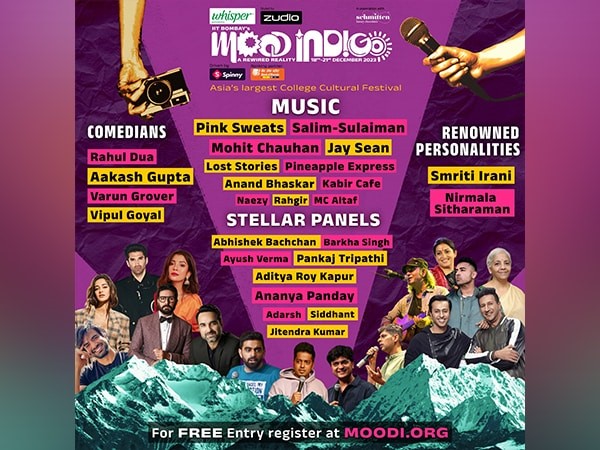Economics of School fests : work at play
Back To Home Posted on: 01/08/2024
I have barely slept last week, as I was busy helping organise Confluence, the Calcutta International School’ annual Fest. As head of events, I’ve spent more time running down the school steps, calling people, screaming at vendors and just being into a thousand thing than can possibly exist. As an economics student deeply involved in organizing the fest, I've also come to appreciate the intricate web of economics that underpins such events. What probably started with the simple aim of bringing students together for fun and learning real life skills, quickly evolves into a complex project requiring meticulous planning, budgeting, and resource management. This experience has not only broadened my understanding of management but also highlighted the larger economic and social implications of school and college fests.
At the micro level, organizing a school fest involves several key economic principles. Budgeting is paramount. Our fest's funding comes from a mix of sources: school funds, sponsorships from local businesses, and contributions. Each source has its own set of expectations and constraints, making financial planning a delicate balancing act.
For instance, securing sponsorships requires presenting a convincing case to potential sponsors about the visibility and engagement their brands will receive. Sponsors must see our fest as a valuable alternative to other advertising avenues. It also requires effective communication and marketing skills. We had made a sponsorship deck, but missed the complexities of financial transaction required of companies – TDS, Bank Authorizations, NDA, accounting for receipts etc. This involves understanding and leveraging the concept of opportunity cost. Additionally, we must allocate our limited resources efficiently—whether it's deciding how much to spend on decorations, which bands to hire, or how to price entry tickets to maximize attendance without making it unaffordable for students. believe me, nothing makes one realise the challenges of budgeting than negotiation with vendors and inflation than going out to procure stuff.

As we scale up from school fests to college fests, the economic stakes and complexities increase exponentially. College fests in India, Delhi University's Mecca, operate on a much larger scale with budgets running into lakhs or even crores of rupees. On top of the charts, in India is Mood Indigo, IIT Bombay’s fest that attracts over 1,46,000 students from more than 1,500 colleges. The number shows not just the vast reach and popularity of the event but the brand value of IIT Bombay and its economic clout. With a substantial budget of approximately ₹3-4 crore, the fest features around 220 events spread across four days. The revenue for this grand event largely comes from sponsorships, with major brands actively participating and contributing to its financial success.
These fests attract not just local but national and international attention. Just to take the example of performers or bands, prominent college fests have witnessed high-profile bands and artists such as Martin Garrix, DJ Snake, Indian Ocean, Parikrama, The Raghu Dixit Project, Amit Trivedi, Arijit Singh, Neha Kakkar, and Sunidhi Chauhan, perform. The charges for bands performing at school and college fests in India vary widely, ranging from ₹10,000 for local bands at school events to over ₹50,00,000 for international artists at large college fests. These performers attract large crowds, significantly boosting attendance and engagement, and justifying their costs through increased ticket sales and sponsorships. The fests also generate substantial revenue through ticket sales, merchandise, and food stalls. The economic impact extends beyond the campus, benefiting local vendors, hotels, and transport services. The multiplier effect kicks in as the money spent by the fest organizers and attendees circulates through the local economy, boosting business for everyone from taxi drivers to street food vendors.
Reflecting on my journey as Head of Events for Confluence, I've gained a deep appreciation for the economics of school fests. These events are microcosms of larger economic systems, requiring careful planning, resource management, and strategic thinking. As we scale up to college fests, the economic and social impacts magnify, offering both challenges and opportunities. Ultimately, school and college fests are crucibles where future leaders and innovators are forged.
